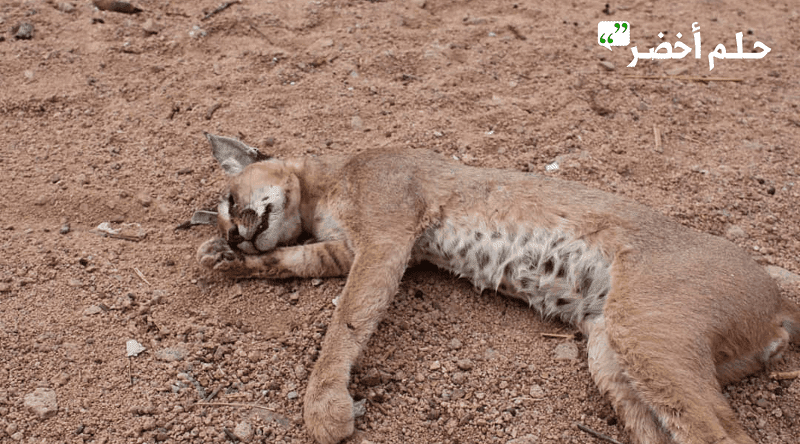By Jenae Barnes
Photos of hunters posing with their poached animals spread across the article’s page. Amidst Yemen’s civil war, the report investigated the increased poaching of rare, endangered Yemeni wildlife, showing the poignant reality of a simultaneous war on animals through the photos that hunters had posted themselves.
The article, published by Holm Akhdar, revealed that during a seven-month period in 2020, there were 34 documented poaching incidents of rare animals, including the white wolf, lynx, and ibex in Shabwah province, a biodiversity-rich region in southern Yemen. It highlighted that between 2015 and 2019, 31 critically endangered Arabian leopards were also killed by poachers in Yemen. Holm Akhdar is a media outlet supported by EJN and Internews’ Middle East and North Africa Program.
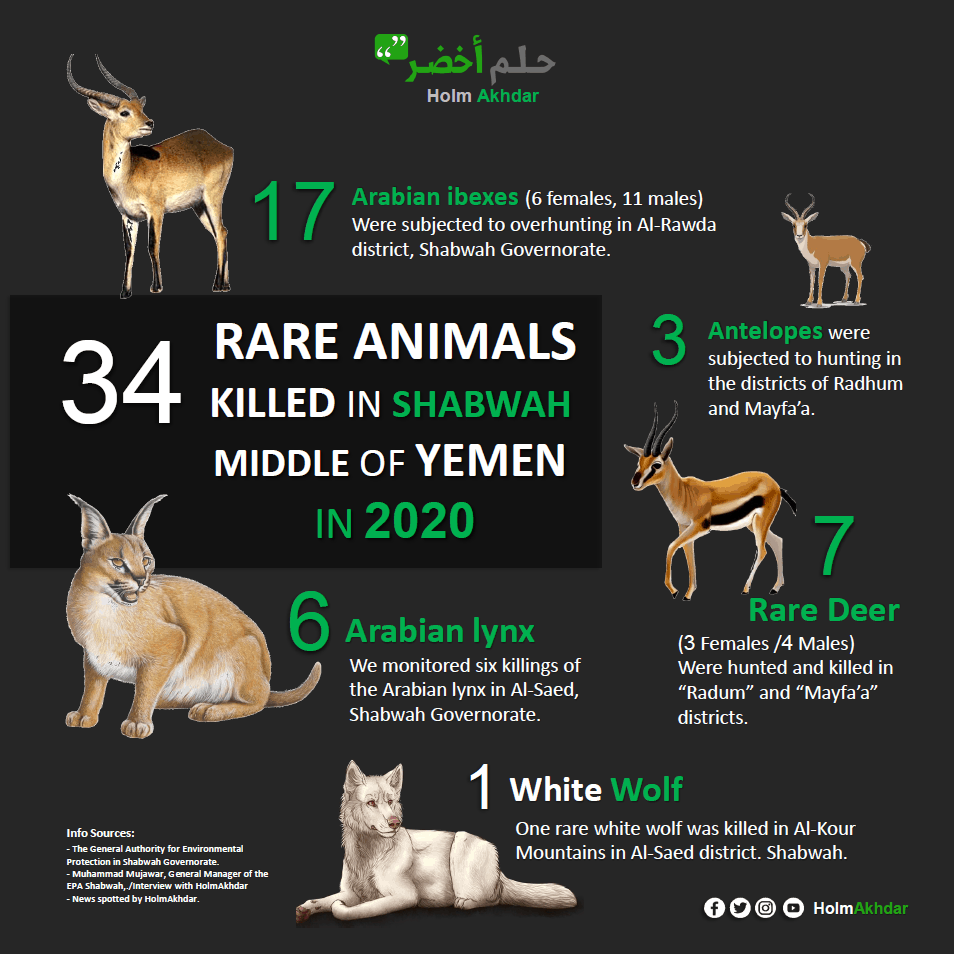
Holm Akhdar produced the story in November, and published in December 2020 with support from an EJN grant. As it explains, when people face financial and food scarcity, they become amateur hunters to stay afloat, and wildlife hunting has now become quite common in the region. Combined with the failure to provide environmental oversight due to the country’s ongoing war, this has caused the poaching of endangered animals to increase without consequences from environmental authorities.
The article concluded with a warning: “It is estimated that Yemen’s rare wildlife and endangered animals could disappear within two decades if these absurd crimes continue without solutions to stop them.”
Impacts at home, awareness abroad
Although environmental stories in Yemen receive less coverage than political and social stories, this investigation achieved a swift response, gaining the recognition of public authorities and the local and international press. By the next day, the story had caught the attention of the Environmental Protection Authority (EPA) of Shabwah, which re-posted the article onto their Facebook page. Then, in response to the story, the Director General of the EPA in Shabwah, Muhammad Mujawar, issued an official memorandum banning the hunting of rare species in all regions of Shabwah.
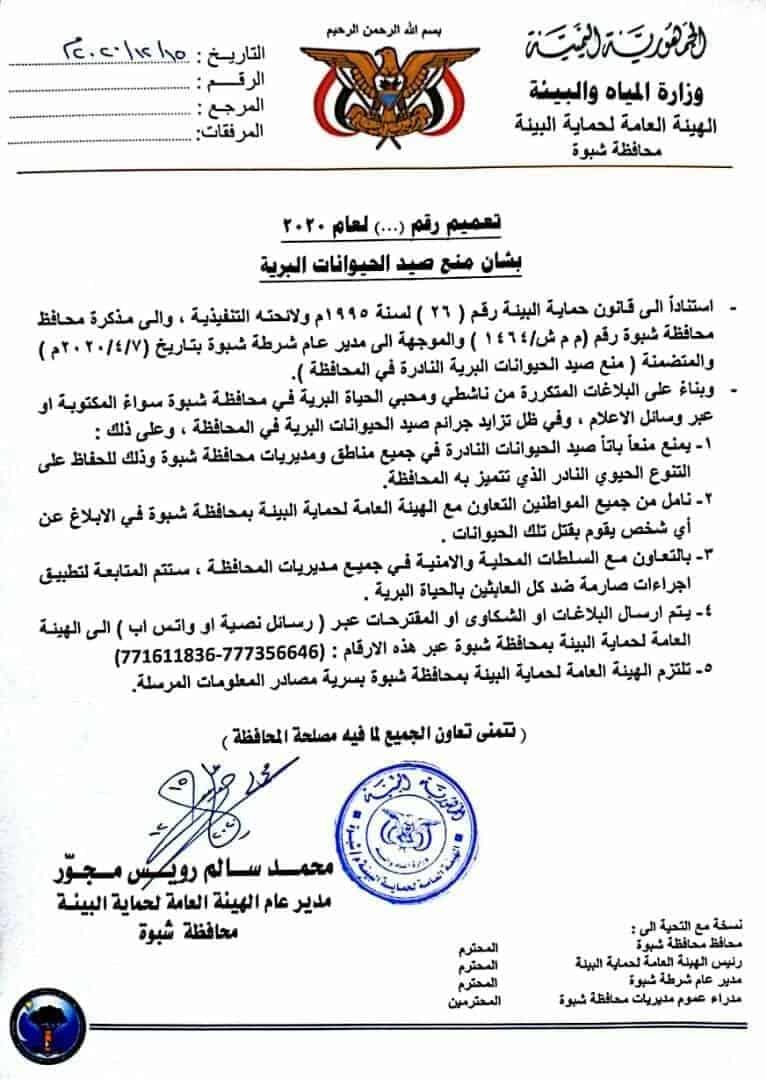
“In [the memorandum], we asked citizens to cooperate with the Public Authority for Environmental Protection and to report any crimes committed against wild animals,” Mujawar told EJN in an interview. “We have clarified that the Public Authority for Environmental Protection in Shabwah Governorate is following up on issuing strict measures to control wildlife violators.”

The memorandum imposed a ban on hunting rare species in all regions of Shabwah and noted that poachers would incur severe fines in coordination with local authorities and police agencies.
A week later, the English version of the story attracted international attention from major news agencies including the Conflict and Environment Observatory in England; Bellingcat, a Netherlands-based investigative journalism outlet; French journalist Romain Molina and Deutsche Welle (DW), a German news outlet. DW cited the investigation in their own article about data methods that were used to track war crimes in Syria and environmental offenses in Yemen and Iraq. As of June 2021, the English version of the article was viewed 1,580 times on the Holm Akhdar website and 16,975 times on Twitter. On social media, the Arab version was viewed nearly 130,000 times between Twitter and Facebook, gaining significant engagement across platforms.
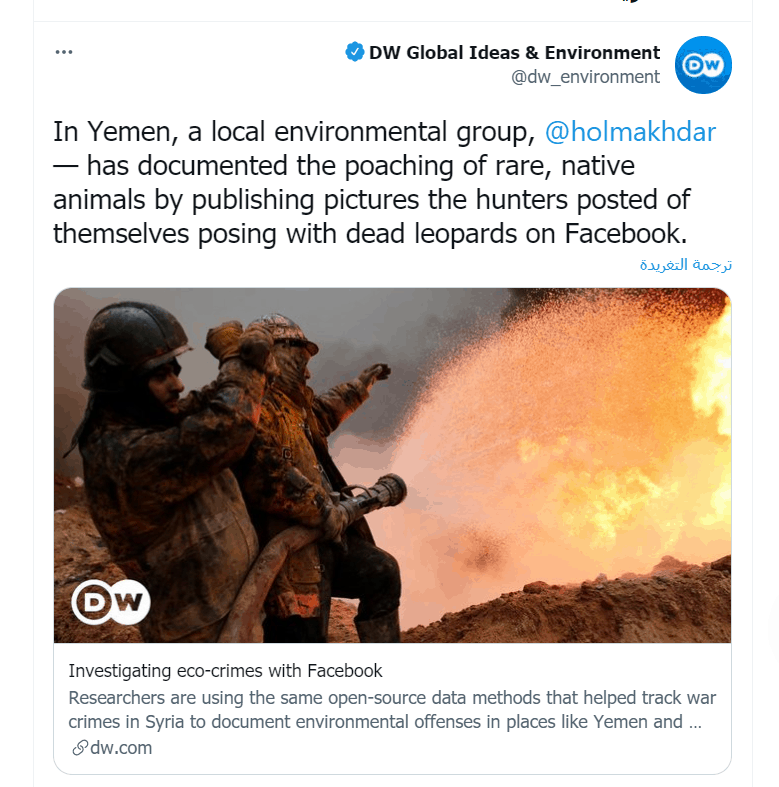
The roots of the Green Dream
Holm Akhdar, which was founded in 2012 and means “Green Dream” in English, is dedicated to promoting information and awareness about Yemen’s environmental challenges. The editorial team includes founder Mohammad Al-Hakimi, Hussein Al-Yabari, Ahmed Bidar, Samah Mohammed and Zakaria Al-Najar.
The war in Yemen and its attendant political strife typically dominates media coverage, leaving other topics like environmental issues severely under-reported both domestically and abroad. However, the team believes they can raise the importance of environmental issues and shift the status quo.
“Generally, environmental journalism addresses complex challenges in local communities that draw people’s attention to the dangers to their fate,” said Al-Hakimi. “This transforms a person’s individual interest into a collective interest, and empowers journalism to complete a service to society, and makes the environment a collective issue.”
As an independent media project, Holm Akhdar aims to raise awareness and seek change by pressuring decision-makers into responding to environmental concerns. They produce investigative reports and stories to strengthen Yemen’s environmental policy issues, including on climate change, biodiversity and sustainable development.
“The fact is, this type of journalism draws the attention of humans to take into account their partners on this planet: animals, birds, trees and nature as a whole, and popular response can be achieved,” said Al-Hakimi.
The climate crisis in Yemen
Holm Akhdar also produced a second story with EJN support, focused on climate change’s links to public health – specifically, a high incidence of fever from the climate-induced spread of mosquitoes. The story revealed that this spread of mosquitoes, caused by heavy rains and floods in southern Yemen, led to 35,000 people experiencing high fevers within 4 months in 2020. The story was reshared in local newspapers and received traction on Holm Akhdar’s YouTube and social media pages. Along with the public health impacts, other water crises like flooding and scarcity are some of the primary effects of the climate crisis in Yemen, including a flash flood that destroyed a UNESCO World Heritage Site in 2020.
The relationship between Yemen’s environmental and humanitarian crises is strong, says Al-Hakimi.
“Yemen is witnessing a frightening and continuous escalation between extreme climate disasters and the exacerbation of the humanitarian crisis,” he said. “The continuation of the war in light of the climate crisis…makes the population vulnerable to continuous environmental, economic and health shocks.”
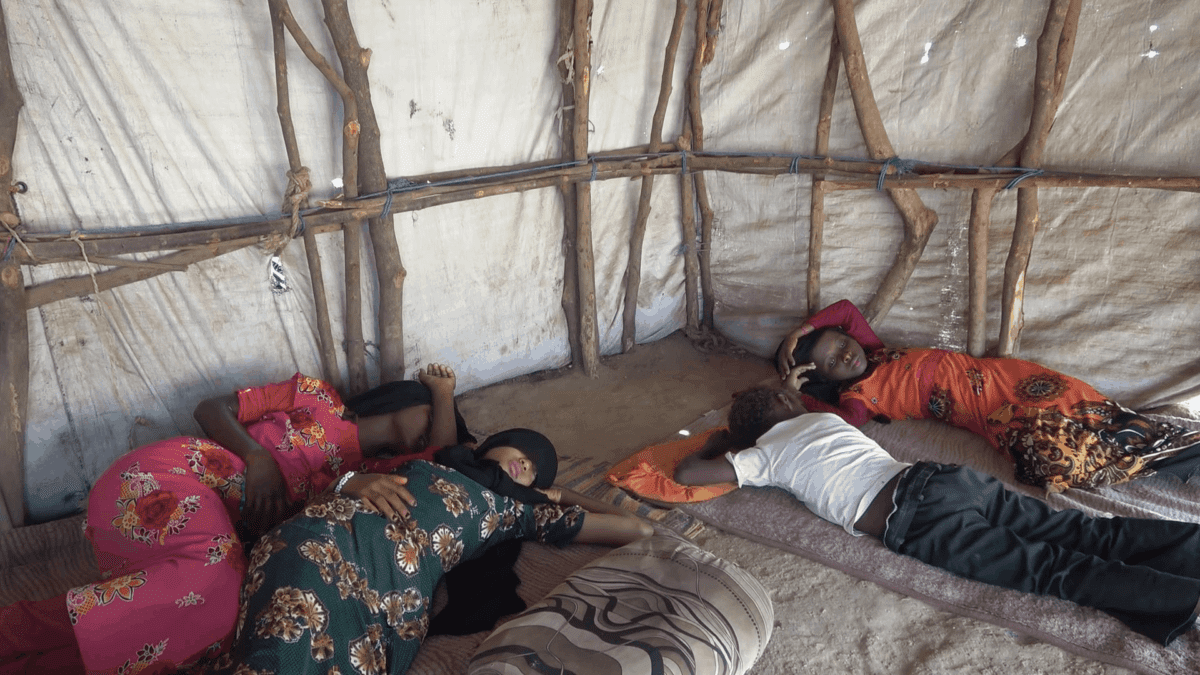
He explained how weather fluctuations during the past two years have increased epidemics – dengue fever, malaria, chikungunya and cholera all rose due to heavy rains. Flash floods have also damaged many of the scarce potable water supplies in Yemen. Since an initial dengue outbreak in 2015, suspected cases have continued to rise. 2020’s numbers were four times the recorded cases in 2019 and six times the ones in 2018.
Other environmental impacts abound: Yemen grapples with a stark overfishing issue due to weak enforcement and high amounts of illegal fishing practices; a domestic gas crisis due to a war-induced shortage of natural fuel; and an increase in deforestation as people gather firewood to replace the gas – all in addition to increased wildlife poaching and flash floods.
Al-Hakimi continued that Holm Akhdar would like to keep working to raise awareness of these intersectional issues, conserve rare Yemeni wildlife and to show the under-reported consequences of the civil war on the environment, amid the ongoing humanitarian crisis.
“Working with EJN again would be great chance for us,” Al-Hakimi said. “Holm Akhdar is looking forward to producing stories on these sensitive topics and the environmental impacts of war in Yemen.”
